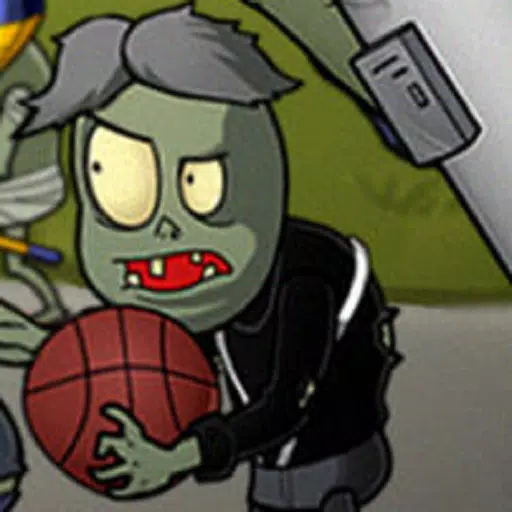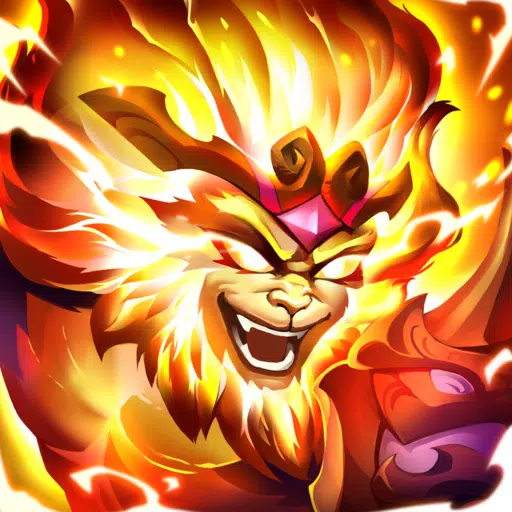When I first sat down to experience developer MercurySteam’s latest endeavor, Blades of Fire, I anticipated a nostalgic return to the studio's roots with Castlevania: Lords of Shadow, infused with modern touches reminiscent of God of War. However, after an hour, the game's essence shifted, evoking the challenging nature of Soulslike titles, yet with a focus on weapon-centric stats rather than traditional RPG elements. By the conclusion of my three-hour hands-on session, it became evident that Blades of Fire masterfully blends familiar elements with innovative concepts, forging a unique take on the action-adventure genre.
Though it shares visual and thematic similarities with Sony Santa Monica's God of War, Blades of Fire stands distinct. The game's dark fantasy setting, coupled with intense combat and a close third-person perspective, mirrors the Norse saga of Kratos. Yet, the demo's opening hours introduced more than mere aesthetics; I navigated a labyrinthine map dotted with treasure chests, aided by a youthful companion who assisted in puzzle-solving. Our quest led us to a woman living in a house atop a giant creature, echoing familiar narrative beats. The game also borrows from FromSoftware's playbook, with anvil-shaped checkpoints that restore health potions and respawn enemies, occasionally feeling a tad too derivative.
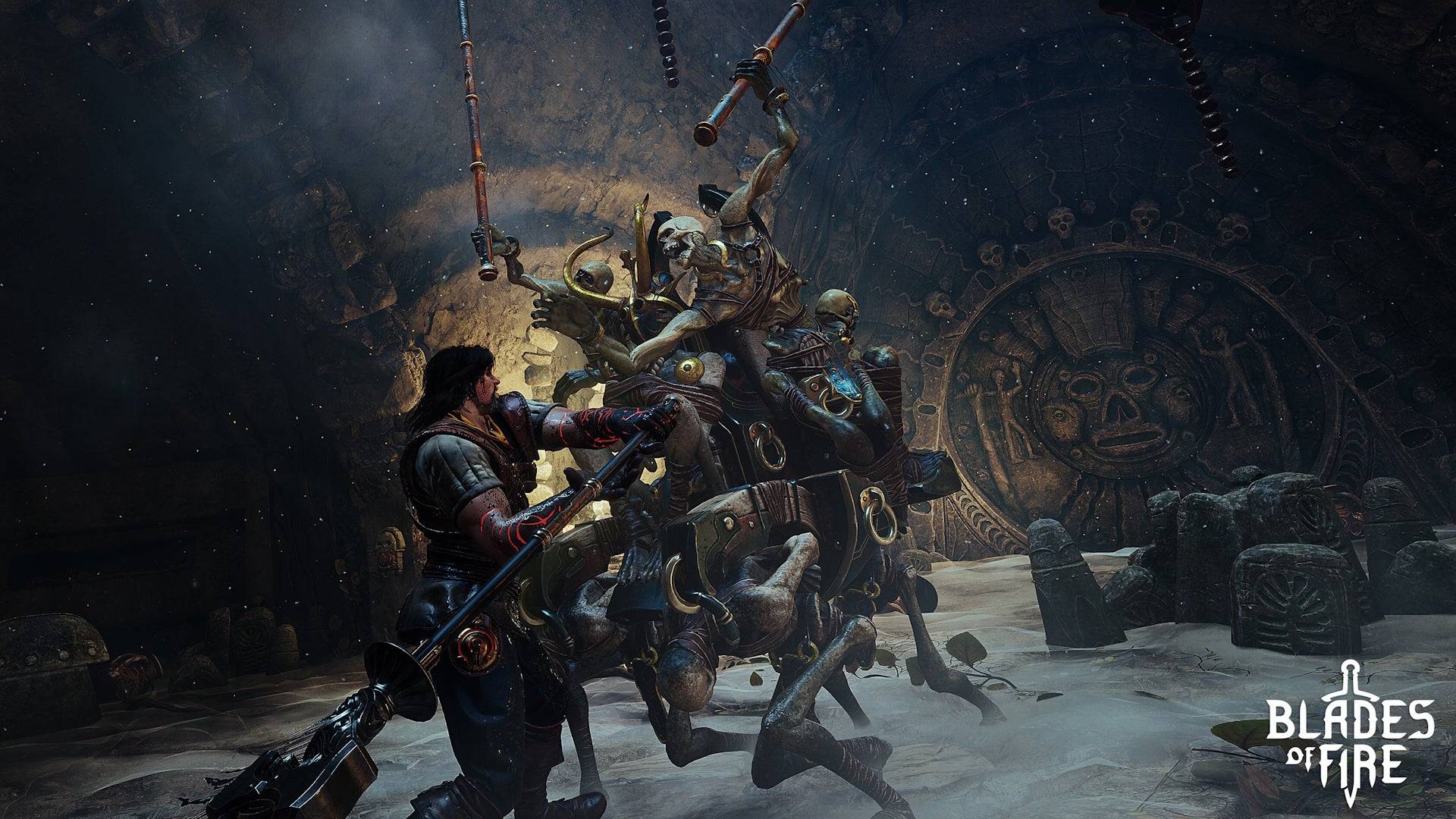
The true strength of Blades of Fire lies in its mechanical innovations. The combat system revolves around directional attacks, utilizing each face button on the controller. On a PlayStation pad, triangle targets the head, cross the torso, while square and circle slash left and right. This system rewards careful observation of enemy stances, allowing you to break defenses strategically. For example, an enemy guarding their face can be defeated by targeting their lower body. The visceral feedback, with blood erupting from wounds, enhances the combat's intensity.
The system truly excels during encounters like the first major boss fight against a troll. Its second health bar can only be damaged after dismembering it, with the severed limb depending on your attack angle. You can even remove the troll's face, rendering it blind until it regenerates. These moments showcase the combat's depth and satisfaction.
Weapons in Blades of Fire require meticulous attention. Your stamina, crucial for attacks and dodges, must be manually restored by holding the block button, unlike typical auto-regeneration. While the combat echoes Soulslike games with its focus on attack patterns and tight dodge/block/parry windows, the directional attack system necessitates a unique control setup, shifting the block to the left trigger.
Adapting to these controls took time, but once mastered, the combat felt refreshingly distinct. The weapon system further elevates gameplay, allowing you to wield blades in various stances, either slashing or thrusting, based on enemy analysis and HUD prompts.
Blades of Fire Screenshots
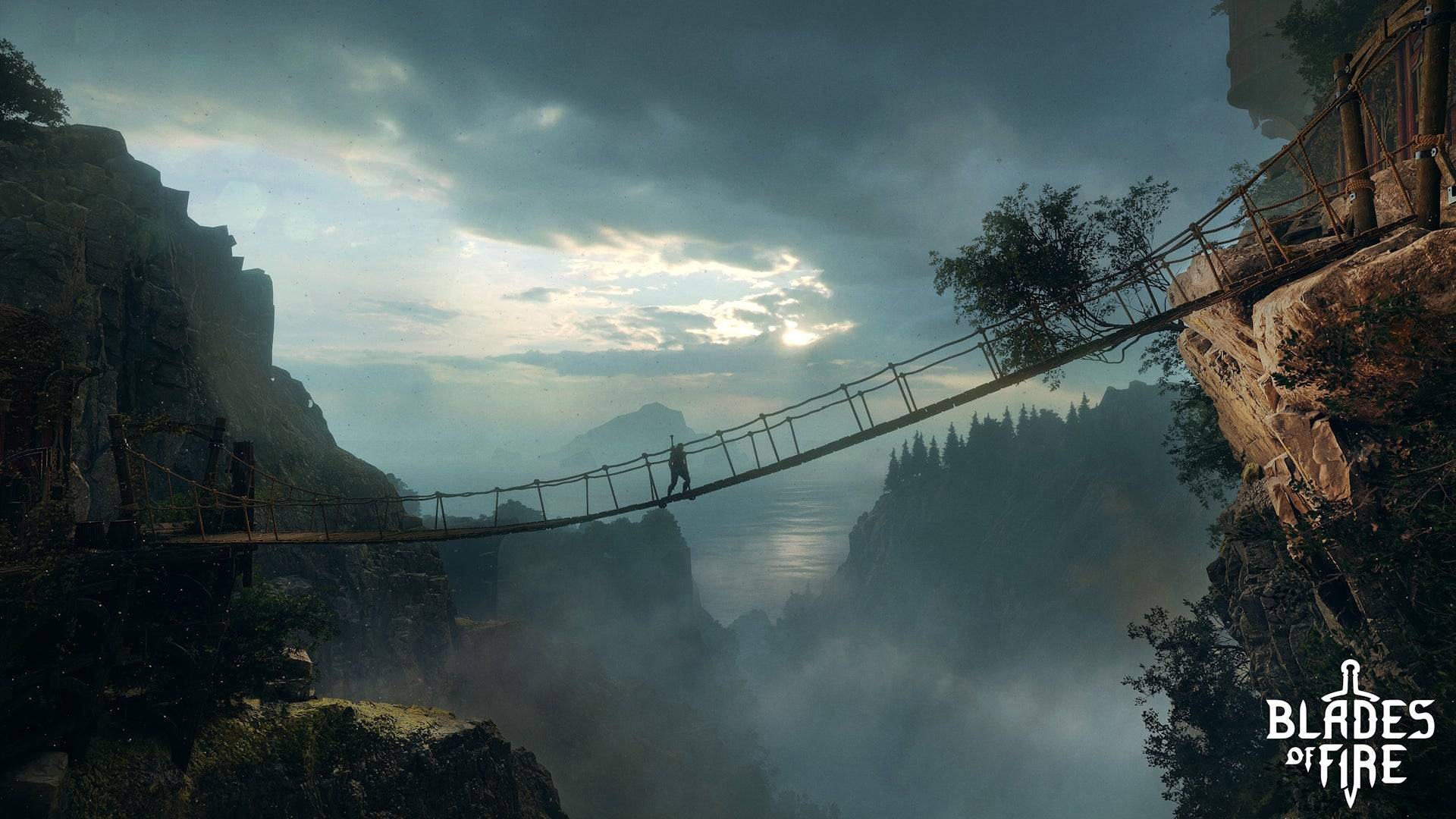
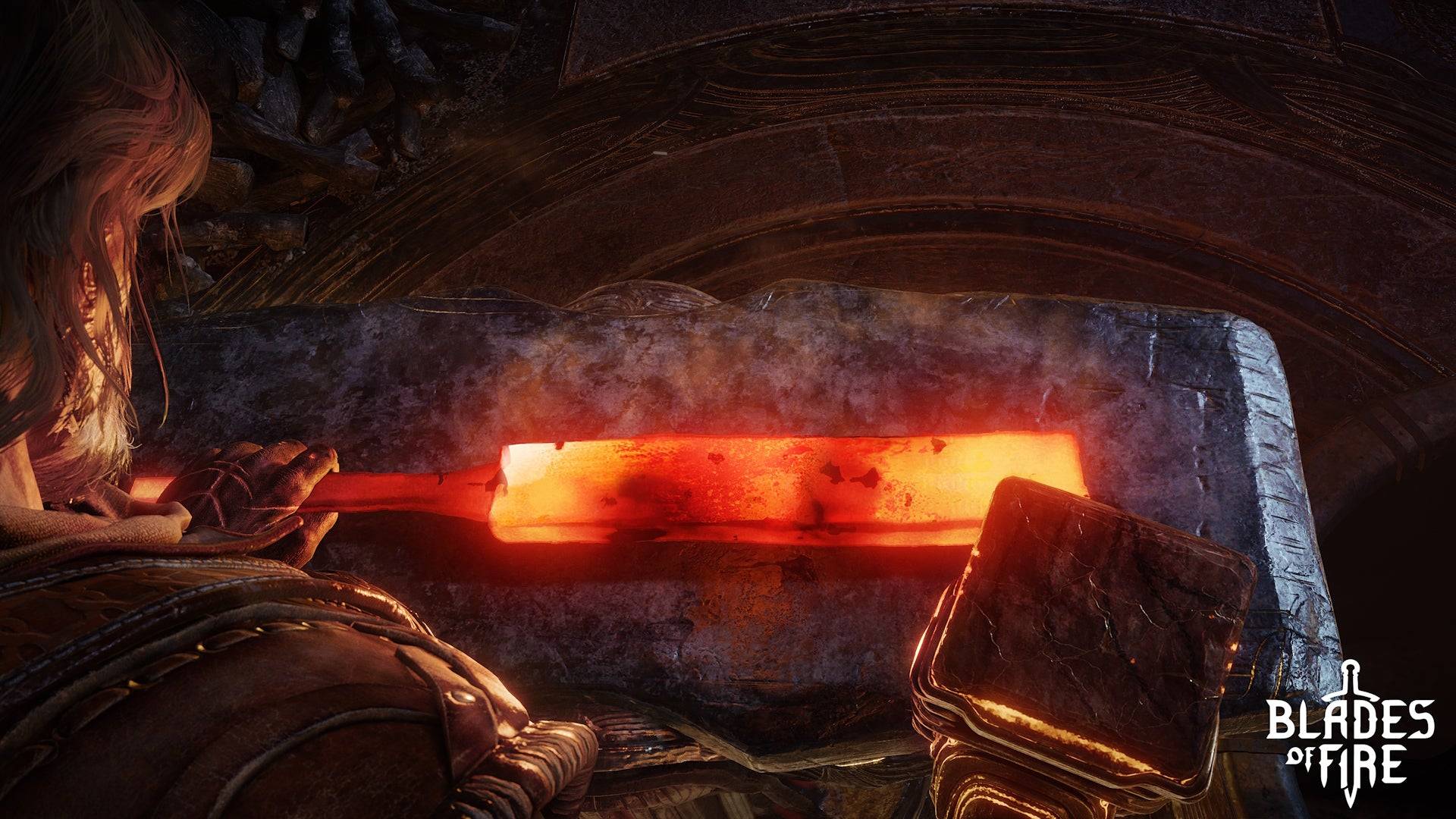 9 Images
9 Images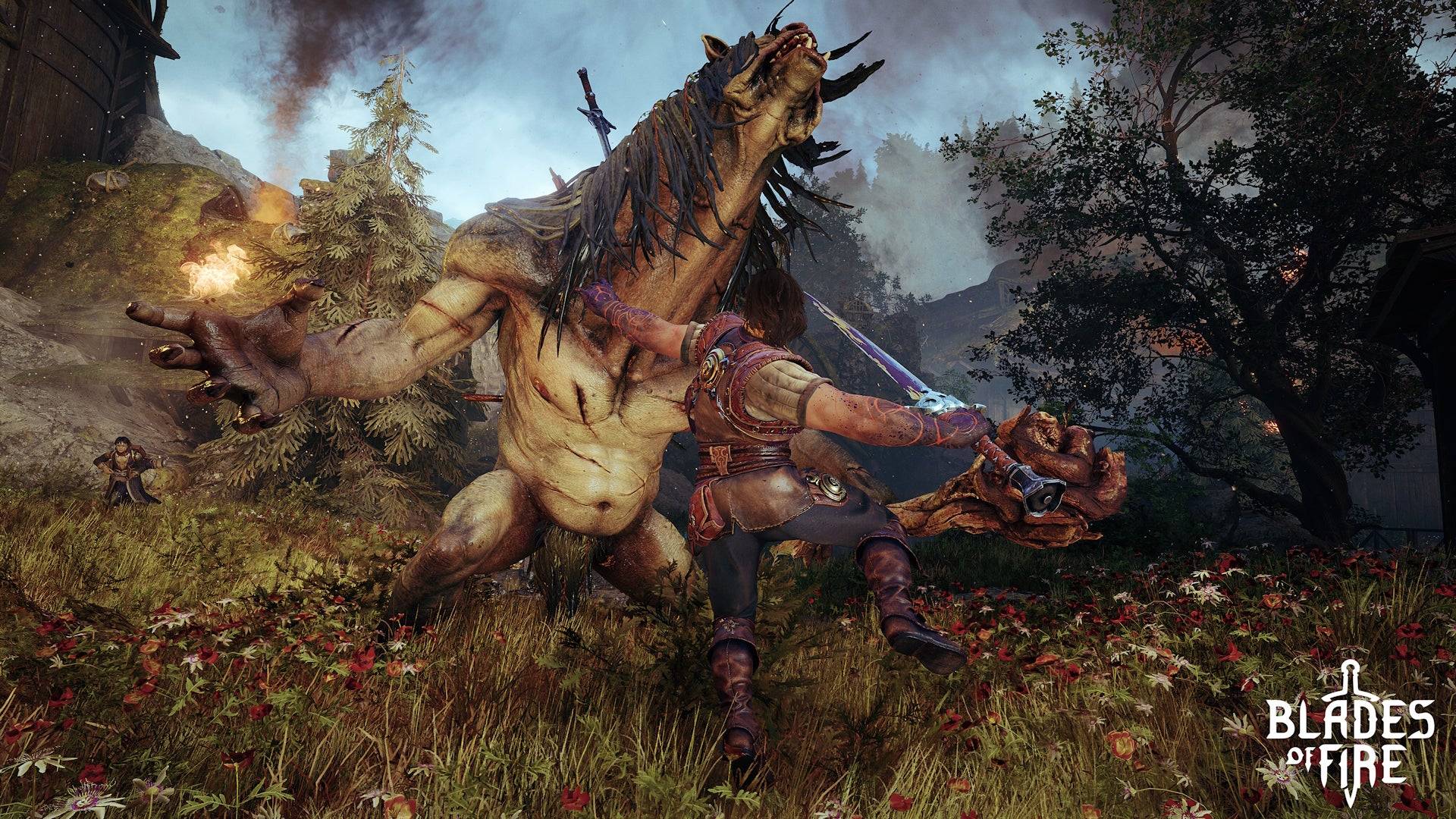
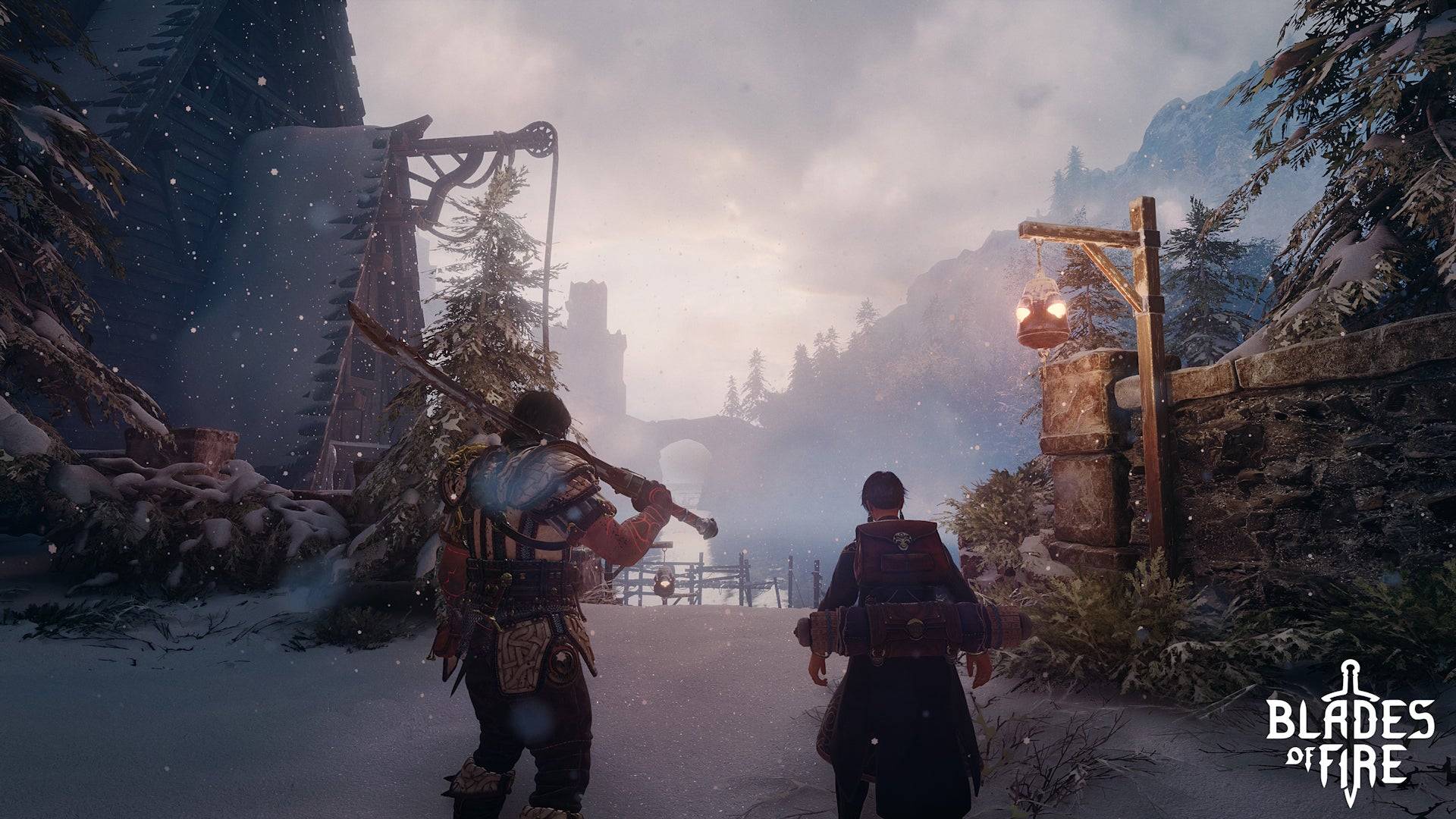
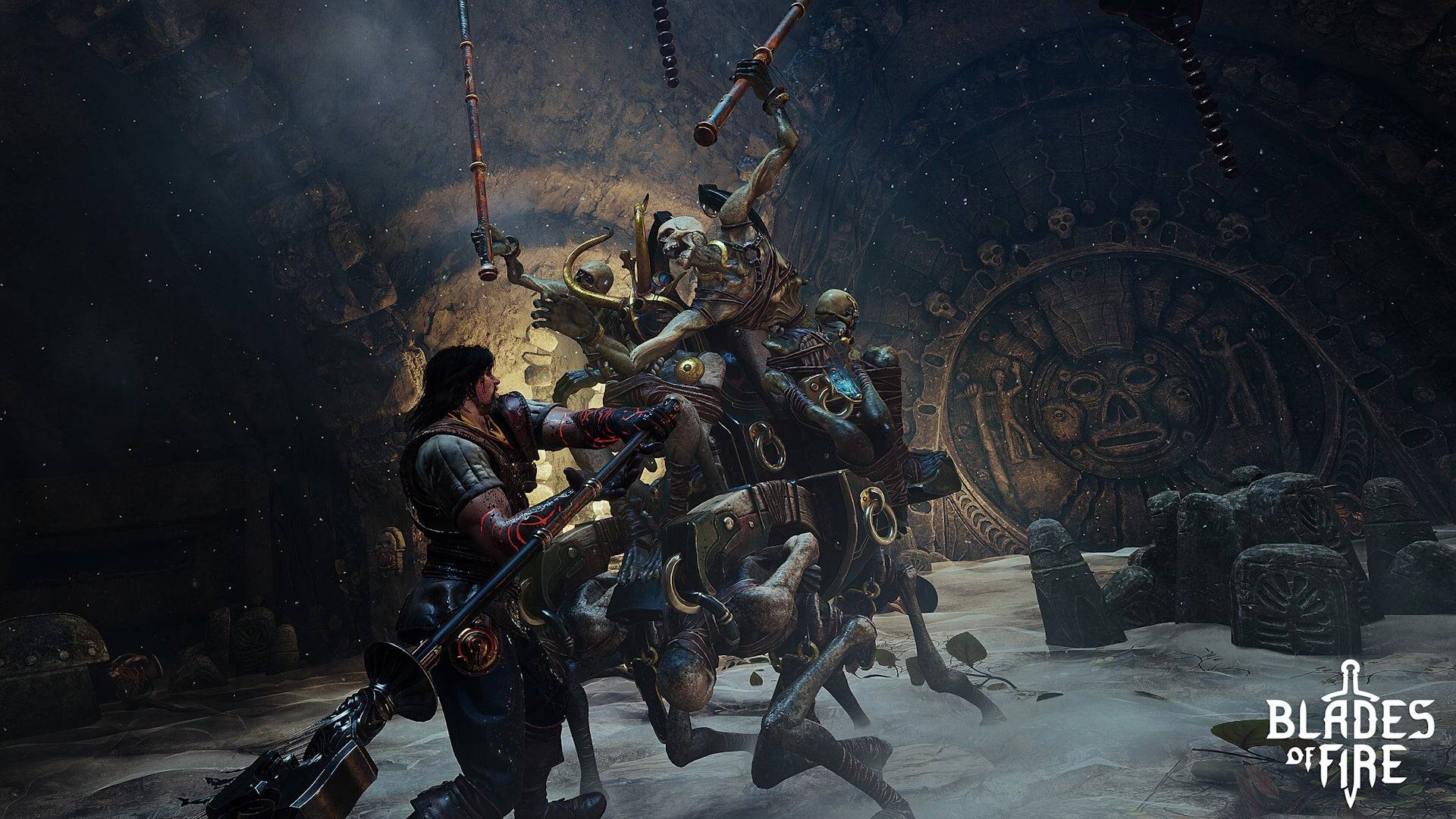
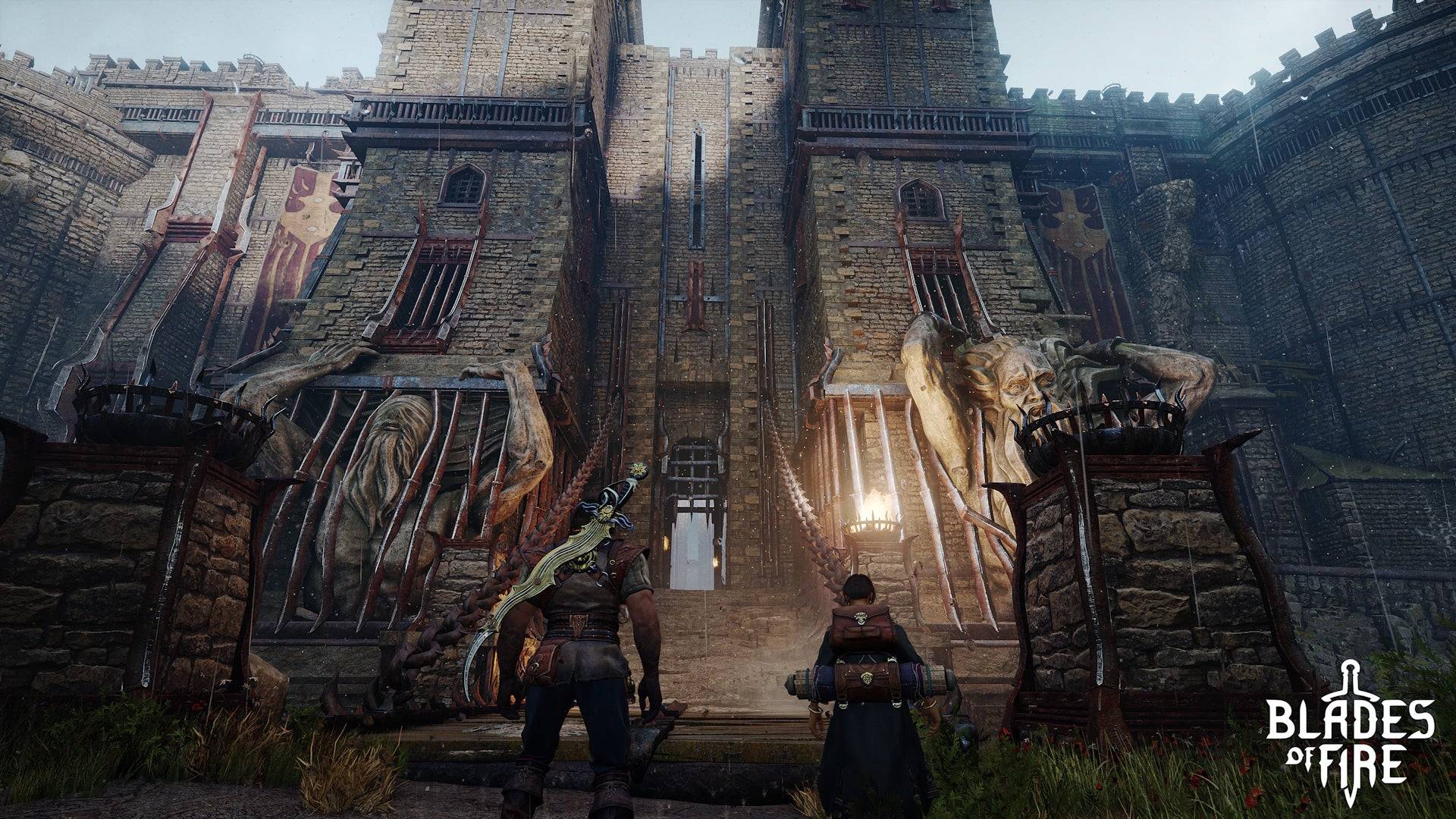 As the name suggests, weapons are central to Blades of Fire. They dull with use, requiring sharpening stones or stance changes to maintain effectiveness. Each weapon has a durability meter, necessitating repairs at anvil checkpoints or melting them down for crafting new ones.
As the name suggests, weapons are central to Blades of Fire. They dull with use, requiring sharpening stones or stance changes to maintain effectiveness. Each weapon has a durability meter, necessitating repairs at anvil checkpoints or melting them down for crafting new ones.
The game's most innovative feature is its forge system. Starting with a basic weapon template, you customize and modify, such as adjusting a spear's pole length and head shape, impacting stats like range and piercing ability. Material choices affect weight and stamina demands, emphasizing the crafting process. You even name your creation.
The crafting journey continues with a detailed forging minigame, where you control the hammer's length, force, and angle to match an ideal curve. Overworking the steel weakens the weapon, so precision is key. Your performance earns a star rating, influencing repair frequency before permanent breakage.

The forge's impact extends beyond the demo, with MercurySteam aiming for a 60-70 hour journey. As you explore and gather new metals, you can reforge your weapons to tackle increasing challenges. The death system reinforces this bond, as you drop your weapon upon defeat and must recover it, potentially rekindling old connections.
MercurySteam's homage to Dark Souls and Blade of Darkness—a precursor to the Souls series developed by the studio's founders—shows their evolution within the genre. While influenced by FromSoftware and God of War, Blades of Fire carves its own path, blending these elements into a distinctive gameplay experience.
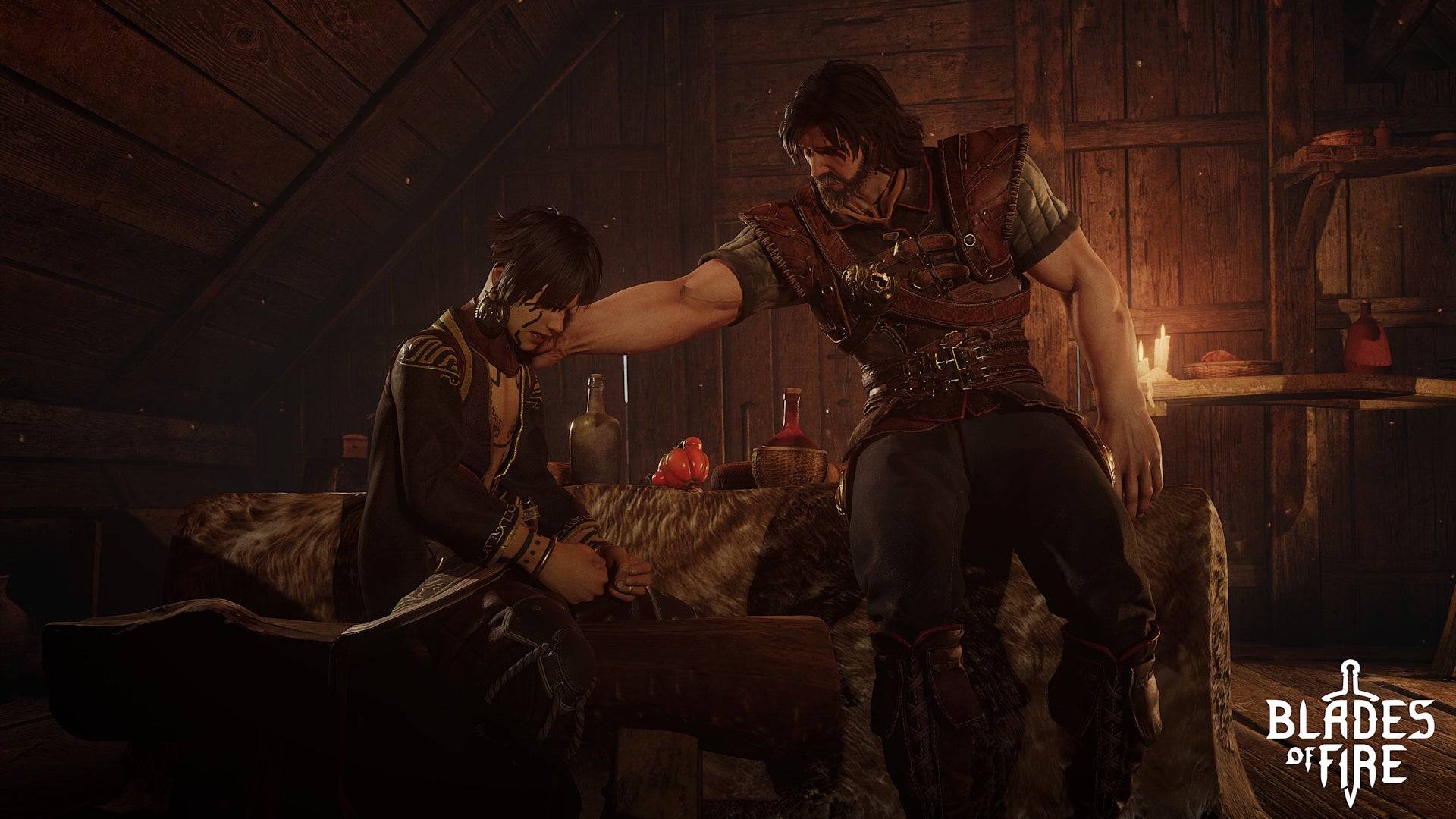
 Home
Home  Navigation
Navigation






 Latest Articles
Latest Articles
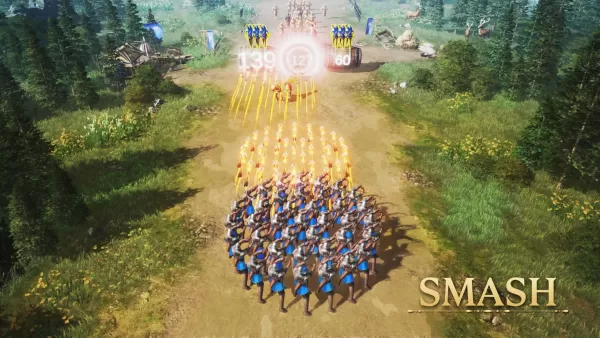

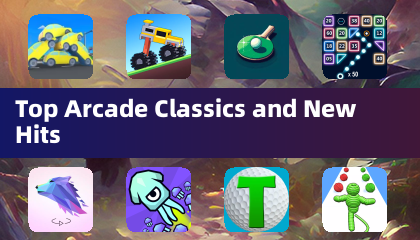



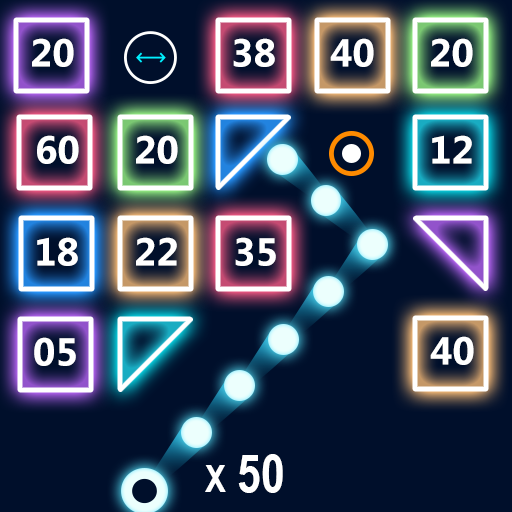
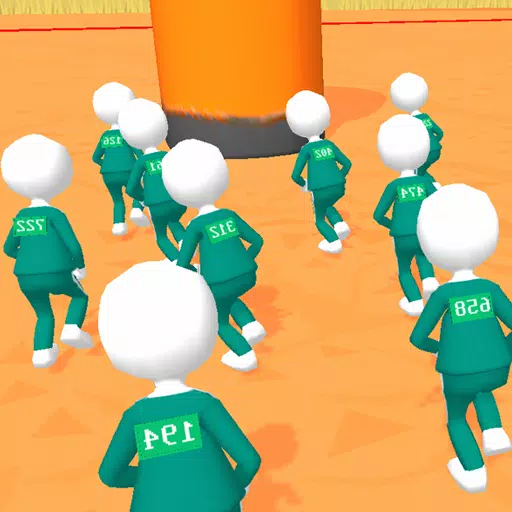


 Latest Games
Latest Games